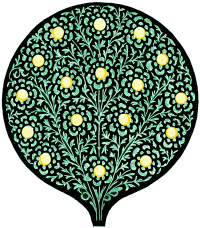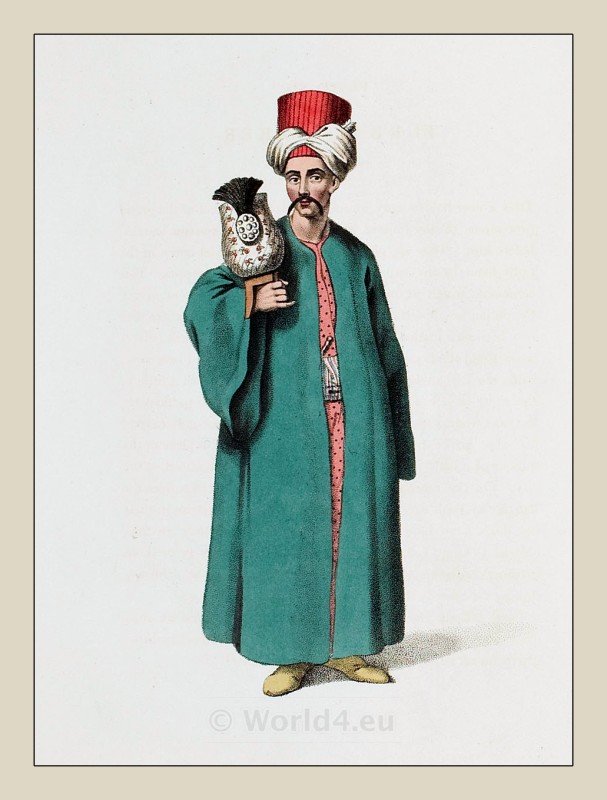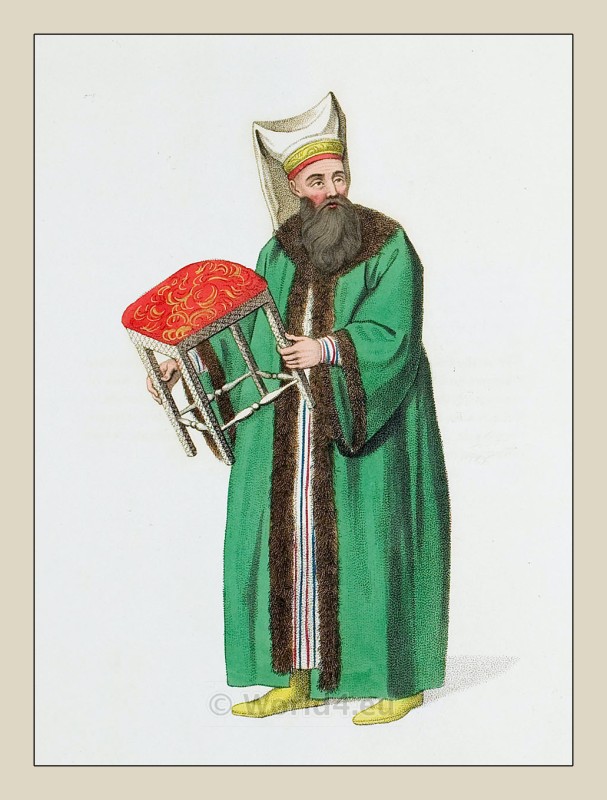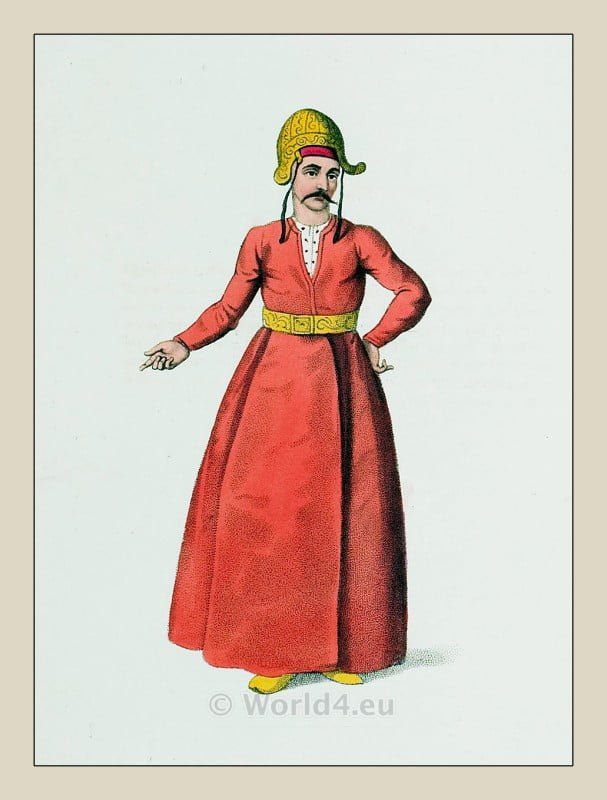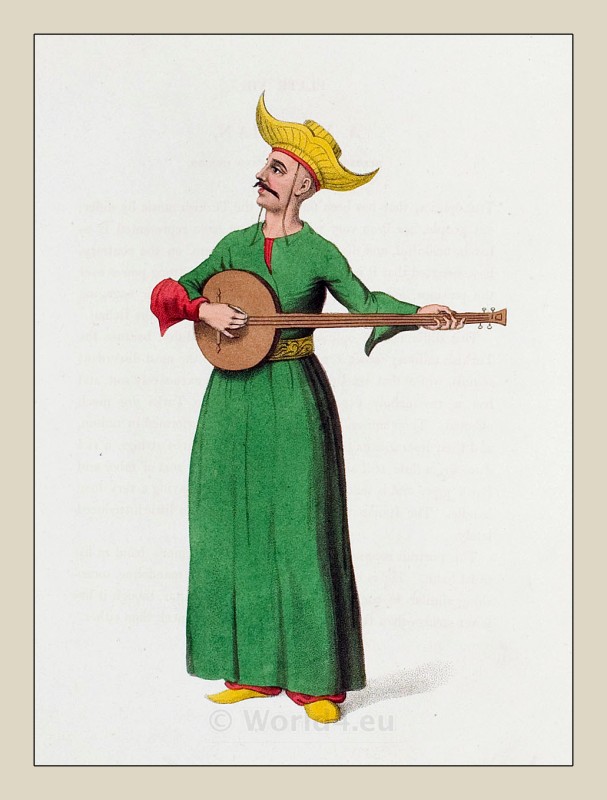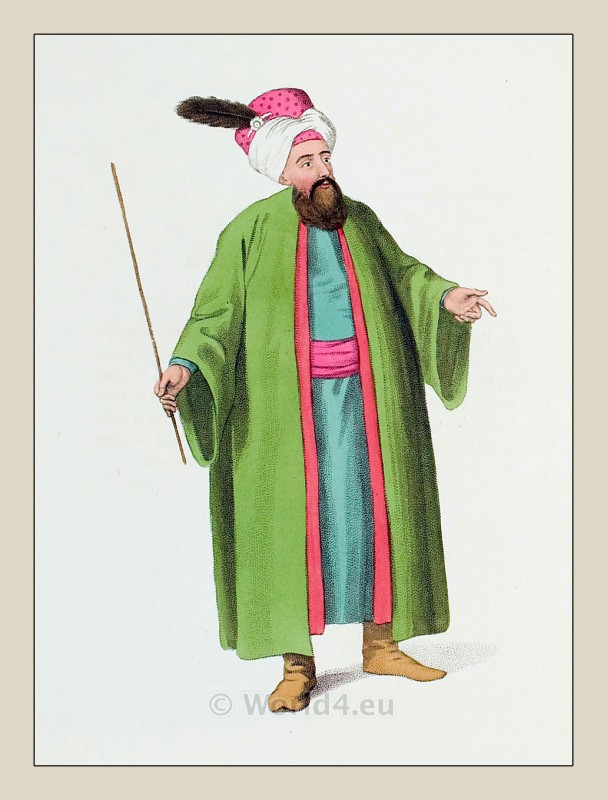An Usher at the court of the Turkish Sultan.
Historical Ottoman Empire officials and ethnic groups.
THAT body of men, to whom Europeans give the name of Ushers, is of a very great use in the court of the Grand Signior, and other oriental monarchs. They are possessed of some rank, though not so honorable as the officers of state.
There is a chief usher, who presides over them, and the Sultan scarcely ever stirs without some of this body to attend him. They form a considerable part of the splendor and state of his court, and are employed in various departments. In that excellent work, the Arabian Nights, in which the manners, customs, and characters of oriental nations are pourtrayed in so extensive a manner, and yet with such exactness and truth, there are various descriptions, in which the different employments of these officers are mentioned.
Source: The costume of Turkey. Ottoman Empire. Officials and ethnic groups. Illustrated by a series of engravings; with descriptions in english by Octavian Dalvimart. The text has been attributed to William Alexander, B. De Tott, J. Dallaway, G.A. Olivier, M. Montague.
Related
- The people and scenery of Turkey.
- David Roberts. The Holy Land, Syria, Idumea, Arabia, Egypt, & Nubia.
- Costumes and scenery of Afghanistan.
- India. The Mughal Empire.
- The Oriental Album by Prisse d’Avennes. In The Valley Of The Nile.
- Gardens of the Dal Lake at Srinagar in Kashmir.
- Asia costumes by Auguste Wahlen. Based on authentic documents.
- Historical Asian Costumes of Java, Japan and Indonesia.
- The varied and picturesque costumes worn by Natives of India.
- Views of Darjeeling: With typical native portraits and groups.
- Romanian Folk Costumes. Hairstyle and Headdresses.
Discover more from World4 Costume Culture History
Subscribe to get the latest posts sent to your email.


